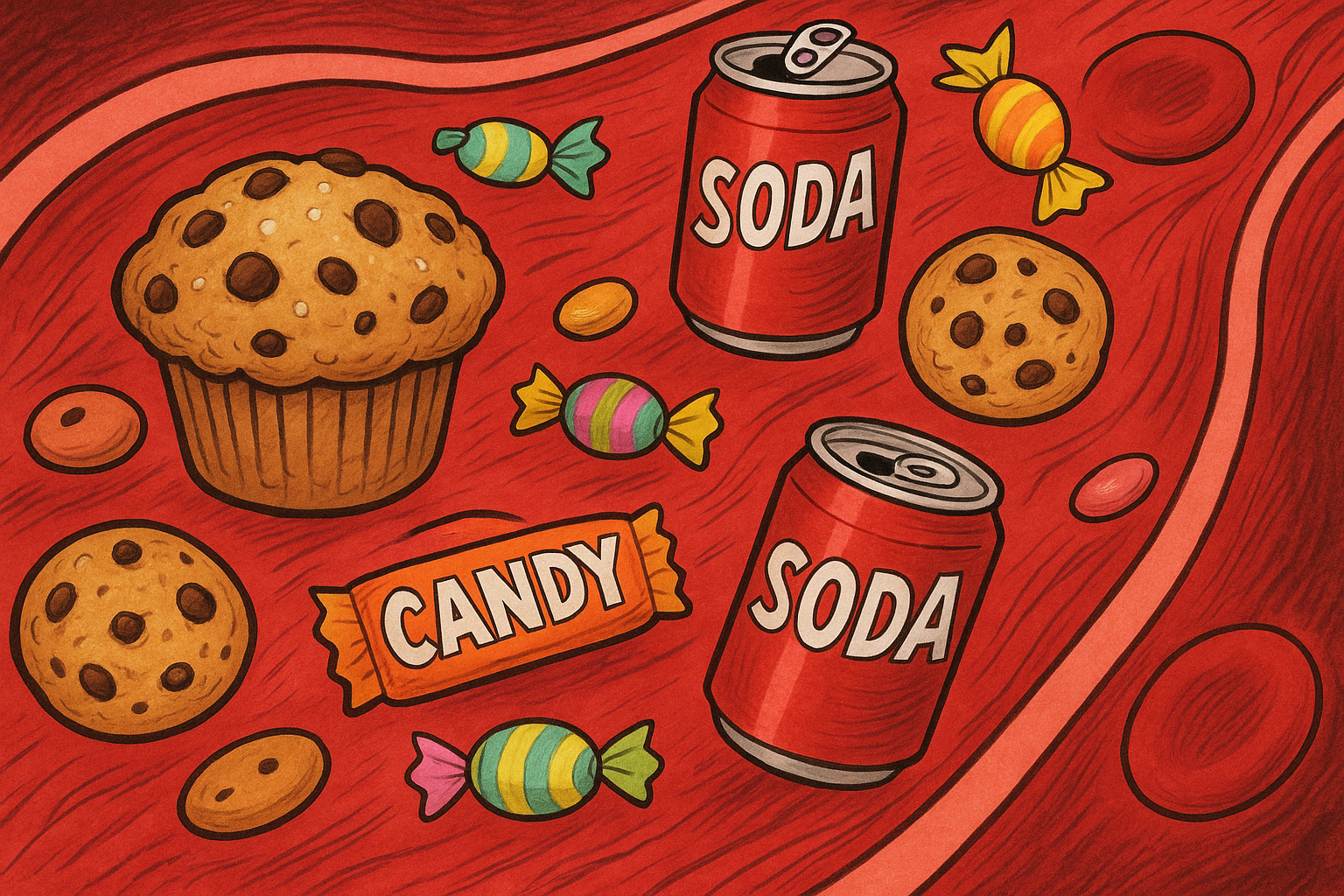Adam’s Journal
Two friends were recently diagnosed as prediabetic. Like me, they’re both in their later 50s, and they’re both active and not overweight. I was surprised by their diagnoses, as neither seems to have the hallmarks of Type 2 diabetes.
Also, I’m not sure if it’s coincidental, but both also have some impaired gallbladder function. I know you’re not their physician, and without reviewing their individual test results and performing physical exams, you can’t give case-specific answers, but in a more general sense, do you have any idea what’s going on?
Dr. Scofield Prescribes
Diabetes develops when the body can’t regulate blood sugar effectively. In Type 2 diabetes, which is most likely what’s lurking in these situations, it can be a product of multiple factors.
First, the modern diet most of us eat is heavy in refined carbohydrates and sugars. To process these sugars, the pancreas produces insulin, which enables sugars to move from the bloodstream to cells in the muscle, fat and liver, where they supply energy.
Over time, the excess sugar in our diets can cause what’s known as insulin resistance, where the cells require more insulin to process glucose. The pancreas can initially compensate by producing even more insulin. But over time, it loses its ability to keep generating these excess quantities of insulin.
When this happens, blood sugar levels rise. It is this increase, typically measured by blood glucose testing or related A1C testing, that results in a prediabetes diagnosis.
Factors like obesity and physical inactivity contribute to a person’s risk profile for Type 2 diabetes. But so do factors that are outside of our control, such as genetics and aging.
In particular – and due in no small part to the toll our diets take on our bodies – the risk of developing Type 2 diabetes increases as we grow older, especially after the age of 45.
Gallbladder dysfunction and disease do have overlap with Type 2 diabetes. First, they share common risk factors: obesity and, relevant to your friends, insulin resistance. Gallbladder disease is also markedly higher among people with nonalcoholic fatty liver disease, another metabolic disorder that is closely linked to Type 2 diabetes.
The good news for your friends is that it sounds like both have caught their conditions at an early stage. Prediabetes can often be managed by modification of diet and exercise. And if those fail, medications and insulin injections can help manage blood sugar levels and prevent or blunt the effects of Type 2 diabetes.
–
Dr. Hal Scofield is a physician-scientist at the Oklahoma Medical Research Foundation, and he also serves as Associate Chief of Staff for Research at the Oklahoma City VA Medical Center. Adam Cohen is OMRF’s senior vice president and general counsel. Send your health questions to contact@omrf.org.



